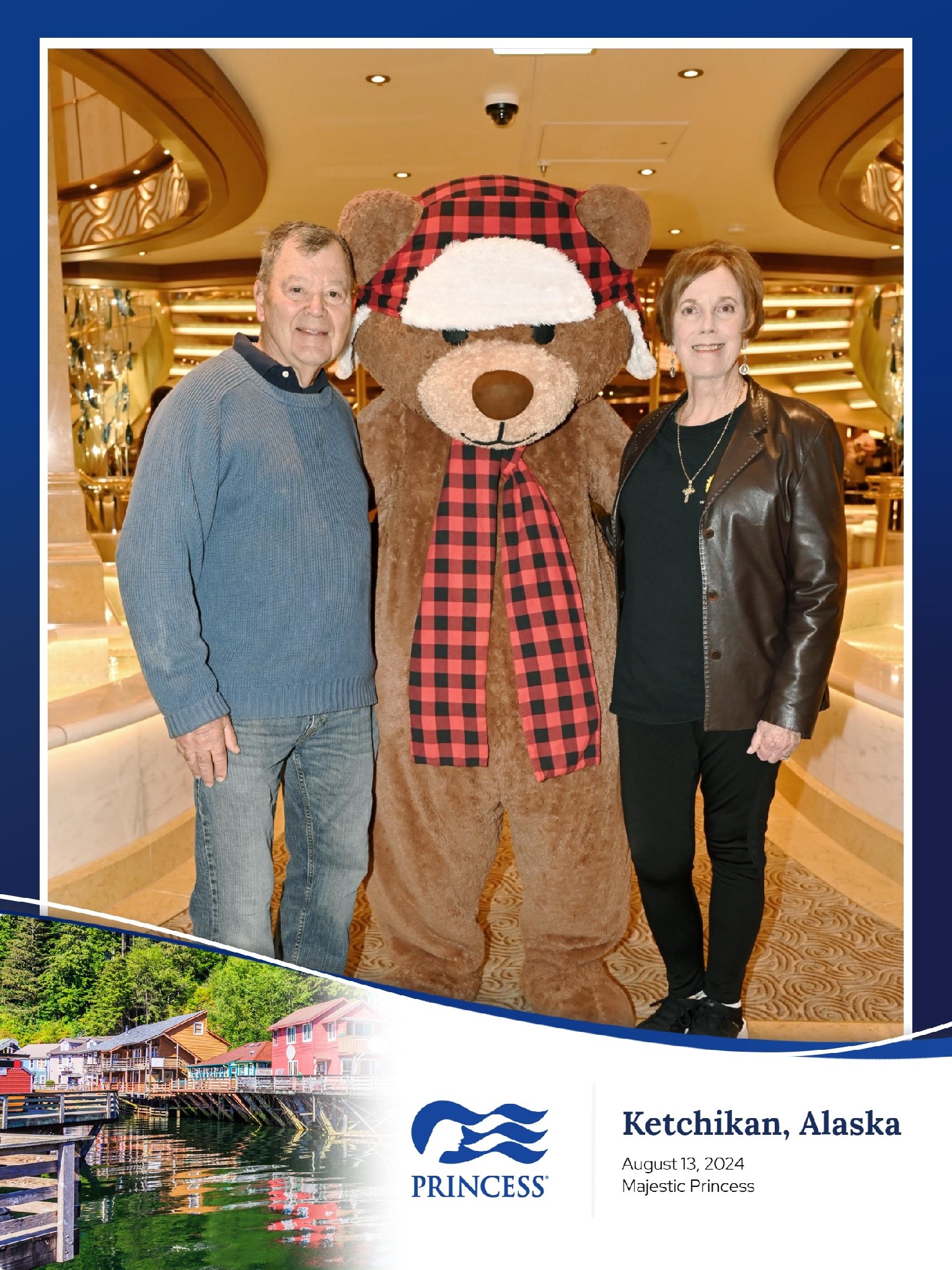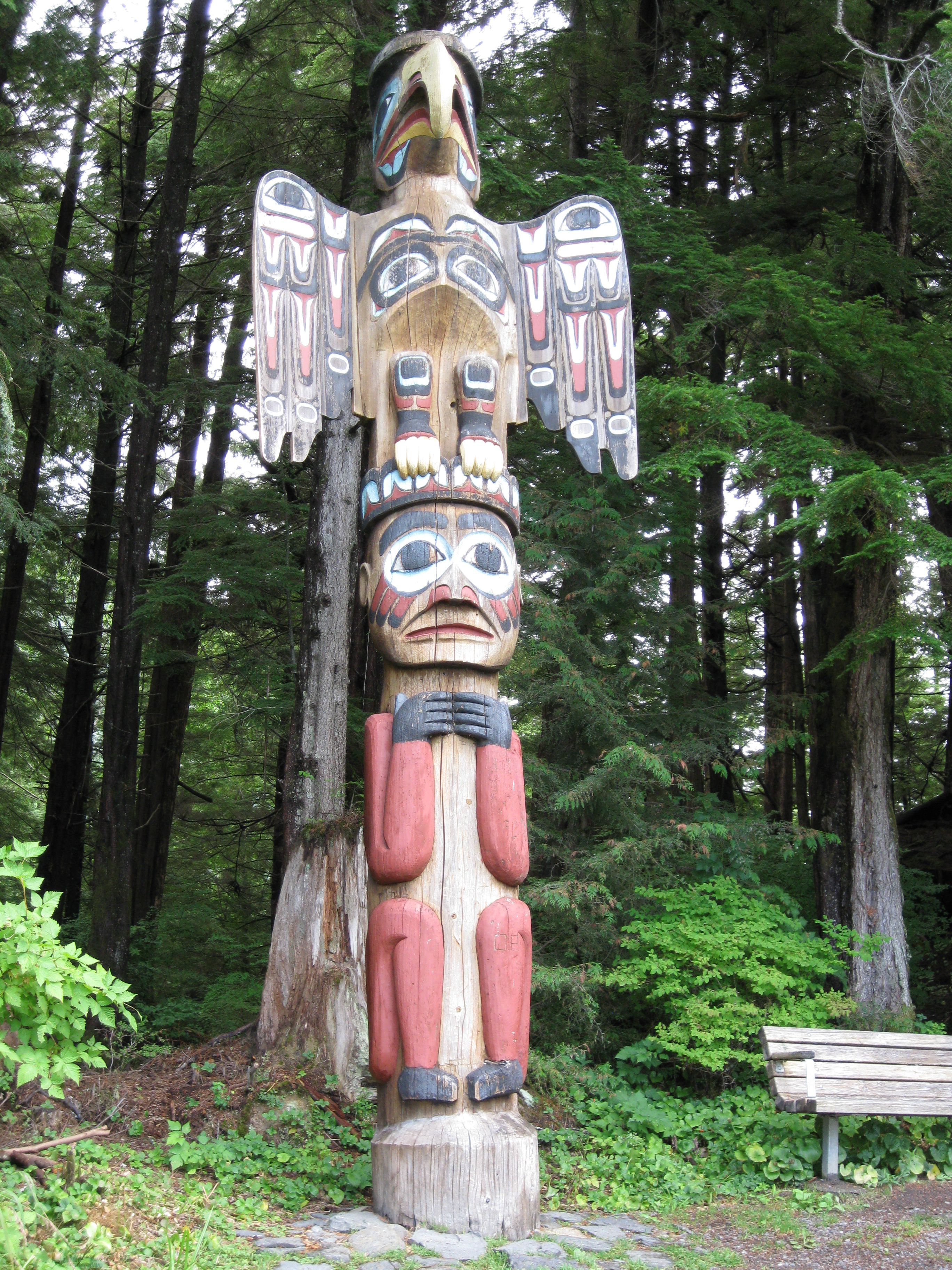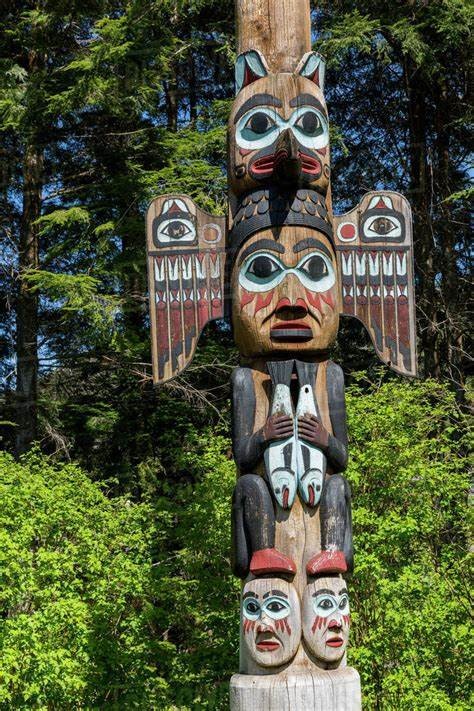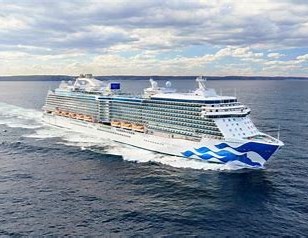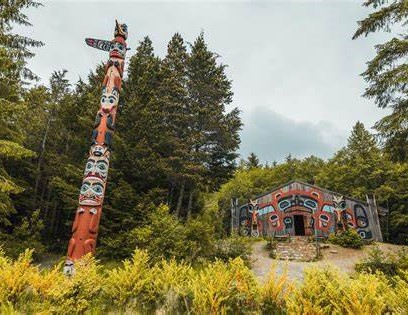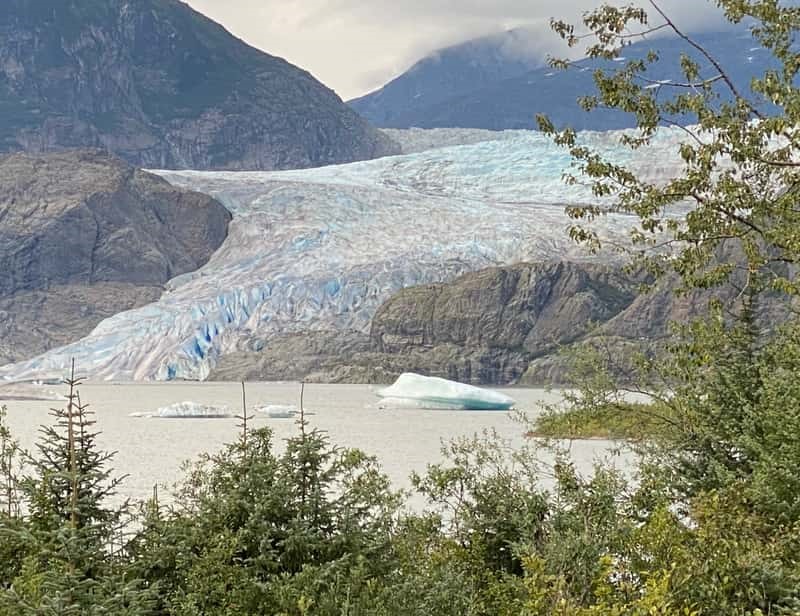
Majestic Princess Cruise to AlaskaSeven NightsSeattle - Ketchikan - Endicott Arm - Juneau - Skagway - Victoria - Seattle August 11-18, 2024 Day 3 - At Ketchikan |
||||||||||||||||||||||
| Ketchikan, Alaska, often referred to as "Alaska’s First City," is located on Revillagigedo Island and serves as the gateway to the state’s famed Inside Passage. Known for its rich Native culture, Ketchikan is home to the largest collection of standing totem poles in the world. The city is also renowned for its stunning natural beauty.
Ketchikan's economy historically revolved around fishing, particularly At Ketchikan Joyce and I were looking for a low activity level excursion as Joyce's back had recently had a procedure to hopefully ease the excrutiating pain she had been suffering. We chose the "Ultimate Saxman Experience: Cultural Showcase, Native Crafts & Culinary Tasting" excursion. Therefore: Up early. Breakfast in the room. Disembarked at 8:00 for the tour involving native customs, heritage, and tribes and their meaning. Learned about totem poles and other native artwork. The Saxman Native Village, about ten miles north of Ketchican, offered an opportunity to delve into the rich living culture of southeast Alaska's Native Americans. It offered learning from a local artist about handicrafts, designing and painting one's own Native ornament, a chef-led culinary demonstration utilizing locally sourced ingredients ties the heritage of the land to the plate and offers the opportunity to indulge in a three-course menu of Alaskan delicacies. It also offerred a musical performance featuring traditional regalia and performed by the Cape Fox Dancers in the unique Beaver Clan House. Note that Jay performed along with the native dancers (see picture below.) The excursion included a visit to a hut where totems are built. |
||||||||||||||||||||||
|
||||||||||||||||||||||
| Home | ||||||||||||||||||||||



